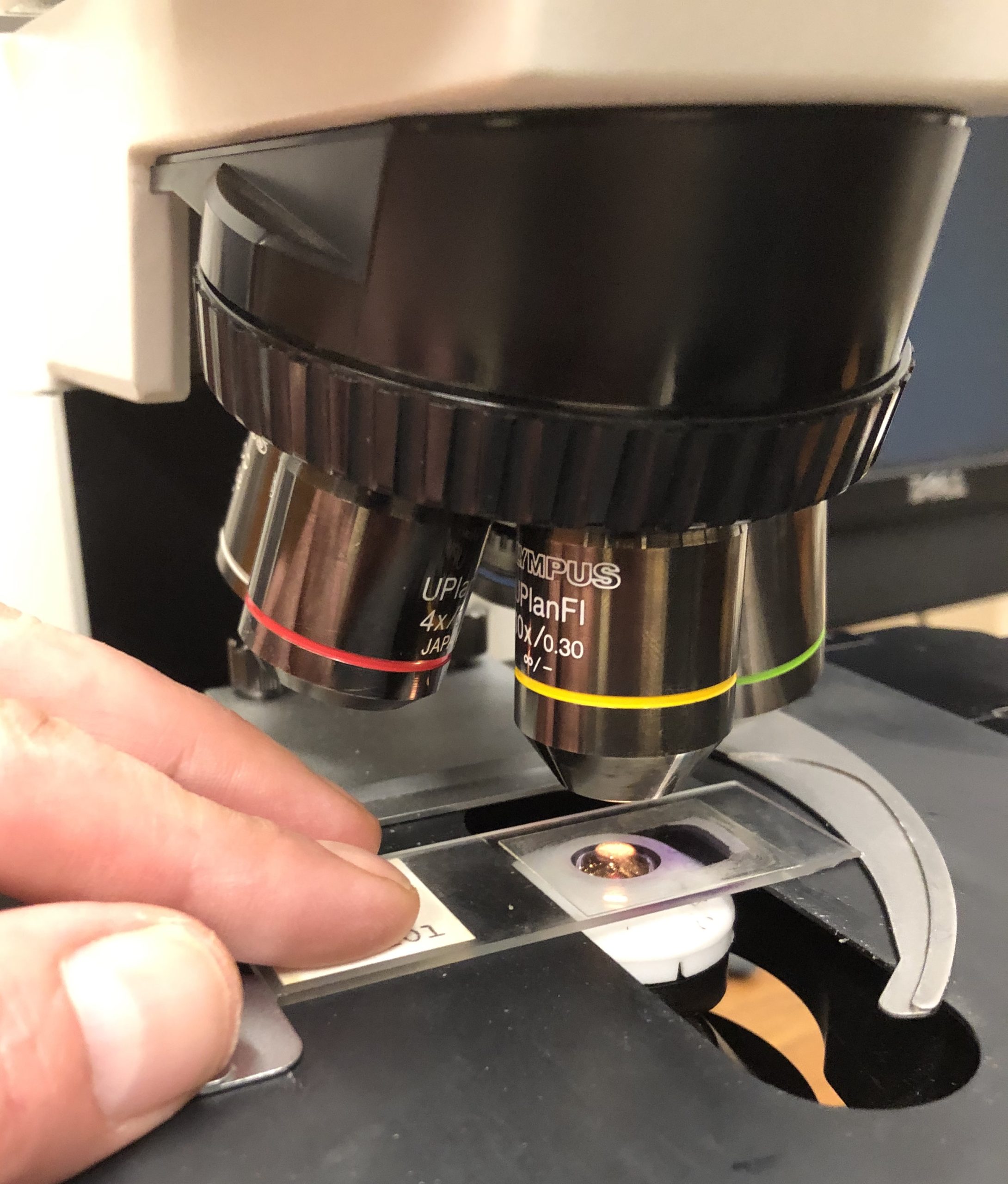Business
Histology: Unveiling the Microscopic Wonders of Tissues

Histology, often referred to as microscopic anatomy, is a captivating branch of biology that focuses on the study of tissues and cells at the microscopic level. This field plays a vital role in our understanding of the human body and the intricate structures that compose it. In this article, we will embark on a journey into the world of histology, exploring the microscopic wonders of tissues and their significance in the realms of medicine and biology.
The Essence of Histology
Histology is a discipline that delves into the examination of tissues and cells using advanced microscopes. It is crucial for understanding the organization and functions of tissues in the human body. Some of the key aspects of histology include:
- Tissues: Histology examines the various types of tissues that make up the human body, including epithelial, connective, muscular, and nervous tissues. These tissues work together to form organs and perform essential functions.
- Cells: At the cellular level, histology explores the different cell types and their structures. This includes understanding the role of organelles within cells, such as the nucleus, mitochondria, and endoplasmic reticulum.
- Microscopy: Microscopes are fundamental tools in histology, allowing scientists to magnify tissues and cells to observe their fine details. Advances in microscopy have revolutionized our ability to explore the microcosm of tissues.
- Stains and Dyes: Histologists use various staining techniques to enhance the visibility of specific cellular components and structures, making it easier to study tissues and cells.
Types of Tissues
Histology divides tissues into four primary categories, each with distinct characteristics and functions:
- Epithelial Tissue: This type of tissue covers the body’s surfaces, lines internal organs, and forms glands. It plays a role in protection, secretion, absorption, and sensory reception.
- Connective Tissue: Connective tissue provides support and connects different tissues and organs. Examples include bone, cartilage, blood, and adipose tissue.
- Muscular Tissue: Muscular tissue is responsible for movement and includes skeletal, smooth, and cardiac muscles. These muscles contract and generate force.
- Nervous Tissue: Nervous tissue is vital for communication within the body. It consists of neurons and neuroglia, enabling the transmission of signals and the functioning of the nervous system.
The Role of Histology in Medicine
Histology is integral to the field of medicine, especially in diagnostics and research. Here’s how histology is indispensable in the medical field:
- Disease Diagnosis: Pathologists use histology to diagnose diseases by examining tissue samples, such as biopsies. This helps in identifying the presence of abnormal cells, tumors, and other pathological conditions.
- Cancer Detection: Histological examination is crucial in cancer diagnosis. Pathologists assess the type and stage of cancer based on tissue samples, aiding in treatment decisions.
- Tissue Transplants: Transplant surgeons rely on histological analysis to match donor and recipient tissues, ensuring compatibility and reducing the risk of rejection.
- Drug Development: Pharmaceutical researchers use histology to evaluate the effects of drugs on tissues and cells, aiding in drug development and safety assessments.
- Understanding Disease Mechanisms: Histology contributes to a deeper understanding of disease mechanisms at the cellular and tissue level. This knowledge is instrumental in developing targeted therapies.
Research Applications of Histology
Histology is not limited to clinical applications; it also plays a pivotal role in scientific research. Researchers use histology to:
- Study Development: Histological examination allows researchers to study embryonic development and tissue maturation, providing insights into how organisms grow and develop.
- Investigate Disease Mechanisms: Scientists use histology to explore the cellular changes associated with diseases, leading to a better understanding of pathologies.
- Explore Regenerative Medicine: In regenerative medicine, histology aids in the study of tissue regeneration and the development of treatments for tissue repair.
- Advancements in Biotechnology: The examination of cells and tissues at the microscopic level is fundamental for biotechnological applications, including tissue engineering and organoid development.
- Comparative Anatomy: Histological comparisons of tissues across different species contribute to our understanding of evolutionary relationships.
Histological Techniques
Histological analysis relies on several techniques to prepare and examine tissues and cells:
- Fixation: Tissues are fixed to preserve their structure using chemicals like formaldehyde.
- Embedding: Tissues are embedded in paraffin or resin to facilitate sectioning.
- Sectioning: Tissues are cut into thin sections using a microtome, allowing for microscopic examination.
- Staining: Stains and dyes are applied to highlight specific structures or components within tissues.
- Microscopy: Microscopes, including light microscopes and electron microscopes, enable the visualization of tissues and cells.
Modern Advances in Histology
Advancements in histology have enhanced our ability to study tissues and cells with greater precision. These include:
- Immunohistochemistry: This technique uses antibodies to label specific proteins within tissues, aiding in the identification of cellular components.
- Fluorescence Microscopy: Fluorescent dyes and markers enable the visualization of specific molecules within cells, offering insights into cellular processes.
- Digital Histology: Digital imaging technology allows for the creation of high-resolution images and 3D reconstructions of tissues.
- Automated Analysis: Computer software assists in the automated analysis of histological samples, improving efficiency and accuracy.
- Cryosectioning: Frozen tissue samples are used for immediate analysis, bypassing the need for paraffin embedding.
Conclusion
Histology is a remarkable discipline that unveils the hidden world of tissues and cells, providing critical insights into the structure and function of the human body. Its applications in medicine, research, and biotechnology continue to expand as technology and knowledge advance.
As we delve deeper into the microscopic wonders of histology, we gain a profound appreciation for the intricacies of life at the cellular and tissue levels. Histology remains an invaluable tool in our quest to understand the human body, diagnose diseases, and develop innovative medical treatments.


